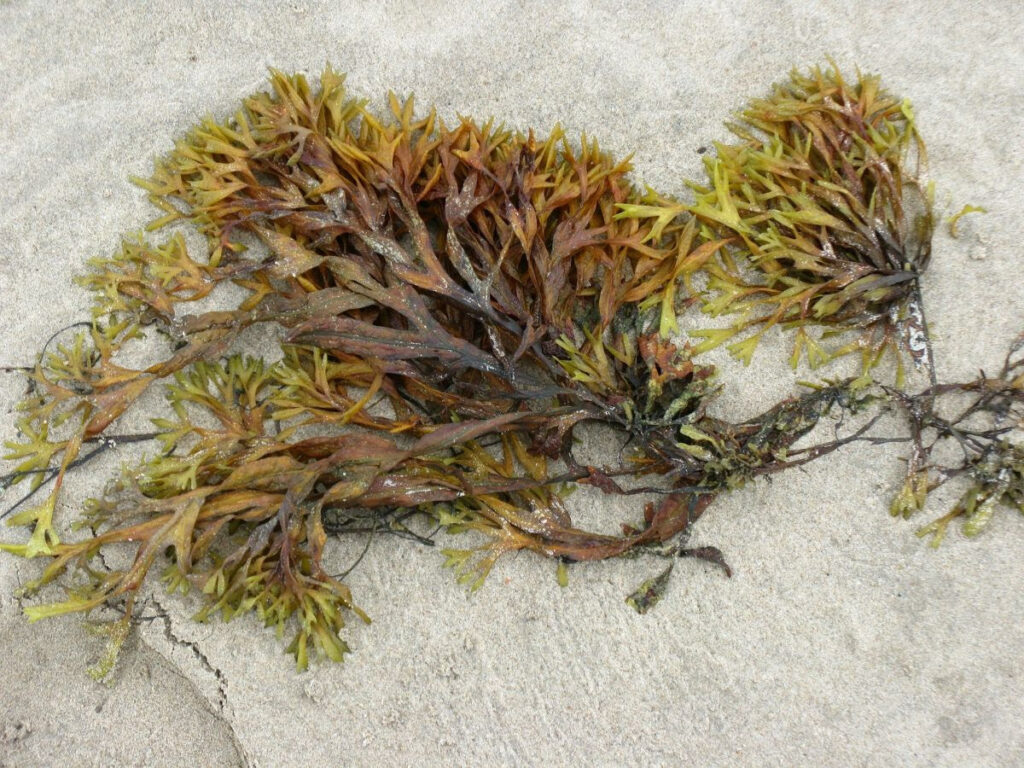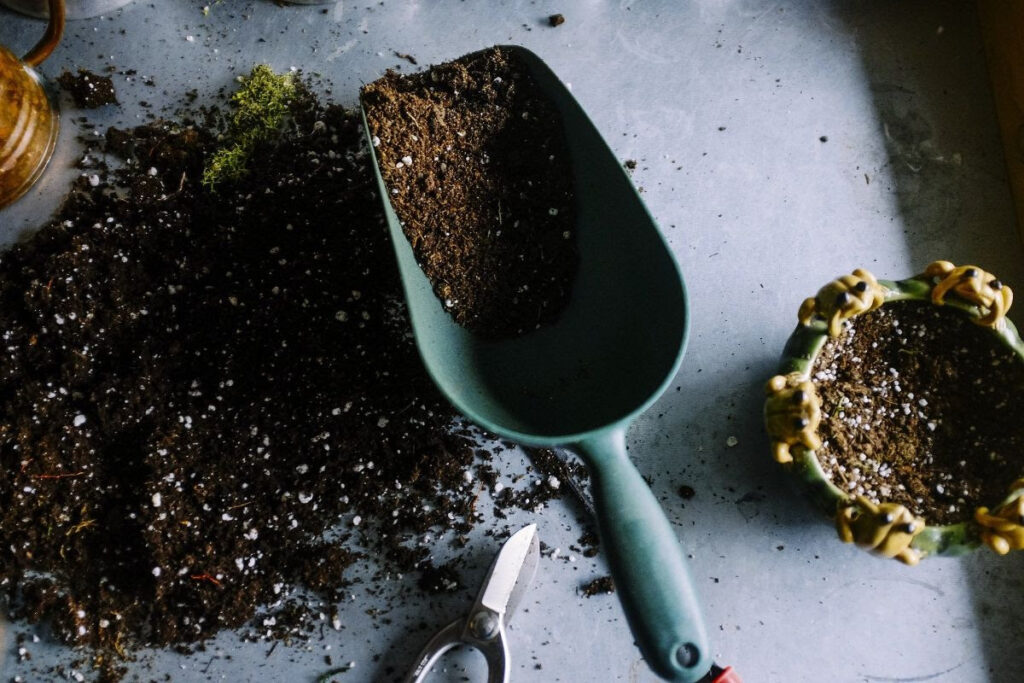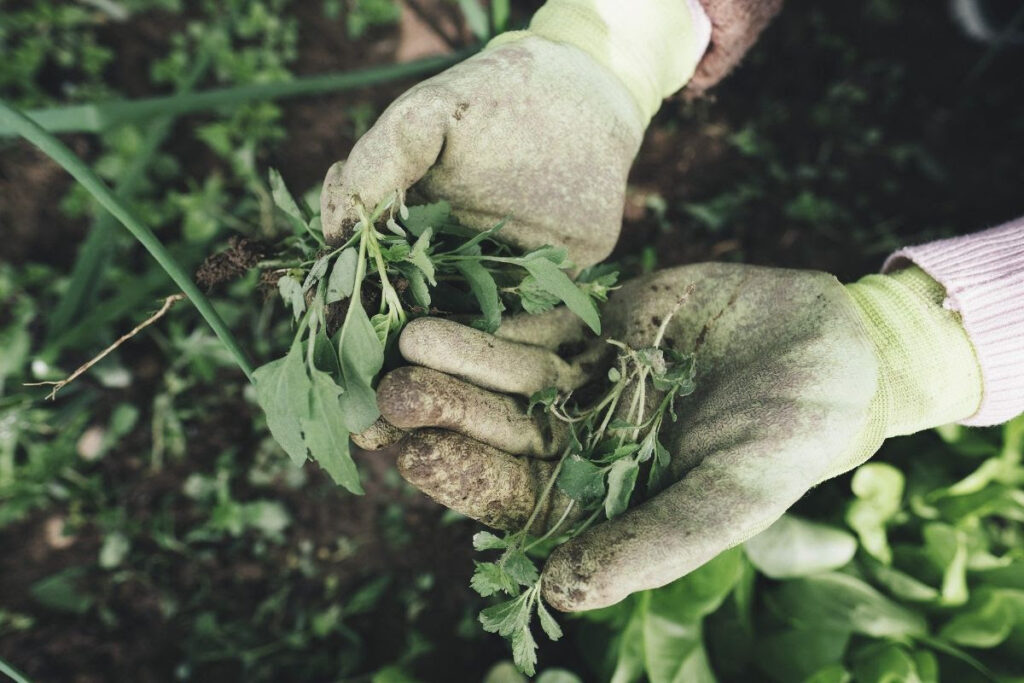Time is one of the biggest obstacles people face when setting out to grow food. It may seem like a lot of work, but getting into a regular routine makes these small jobs quicker, easier, and ultimately part of the joy of growing. If you’re currently growing (or want to start now) here are some routine jobs you should be doing in November What To Sow In November. As we have mentioned time and time again growing your own food as always offers solace and positivity and the chance to make a statement about how sustainable you want your food choices to be. Though you might not think it, there are still some things you can sow at this time of the year. This is the ideal time for sowing garlic but you can also sow over-wintering onions, peas and broad beans.Broad beans are best sown direct in the soil. Level out the soil with a rake and then using the end of the rake, mark out two shallow rows (45cm apart). Place the broad beans on the surface of the soil in the rows, 15cm apart. How many beans to sow, really depends on how much you like broad beans and how much space you have available – I find 15-20 plants or so is more than enough for a serious crop. Using your finger, push the beans 5cm down in to the soil and then rake the bed again to cover the holes. Next summer’s garlic does best if it’s planted before Christmas – plant outdoors in well-prepared soil in a sunny spot. Learn all about growing garlic during winter from last weeks newsletter. When growing garlic try not to use garlic purchased from a supermarket as these are usually from a different country and need a different climate to thrive in. Garlic is available from the GIY shop now.5 Steps To Prepare Your Beds For Winter Do not leave beds bare for the winter – it is so important to get your beds ready for next years sowing to secure a successful growing year. Here is our 5 Step Plan to get your beds prepared for winter; Step 1 – Clear the beds: Leaving stuff in the beds over winter can attract pests and disease so start clearing out everything that’s in the soil now. Step 2 – Feed Your Soil: There are three ways you can feed your soil. First is adding farmyard manure which you can get from any garden centre. The second option is seaweed which you can get for free at your local beach. Last is to use a green manure called rye which you just need to sprinkle on top of the soil. Protect your nutrients by covering the soil, we normally cover over with some black plastic. Step 3 – Crop Rotation: Crop rotations group together vegetables which are similar and move them around each year to prevent build-up of pests/disease and to maximise soil fertility. The groupings generally have the same or similar nutrient requirements and keeping them together means that you can more easily provide them with the best-growing conditions. Learn all about crop rotation here. Step 4 – Clean Up: Clean your tools, beds and anything else you have used during your growing journey so that they will be in their best condition next year. Step 5 – Ordering Seeds: A lot of growers will know the pain of planning to grow their favourite veg variety when all of a sudden they can’t find it anywhere. That is why we recommend getting your seeds now so that they are readily available for you to grow whenever you want. For novice growers we recommend choosing just 5 varieties of veg you want to eat and focus on them during the first year. For growers with a bit more experience try ordering at least 1 or 2 veg that are out of your confrort zone. Order SeedsOther November JobsLove Your PolyTunnel: It’s a good time of the year to tidy up the potting shed, greenhouse or polytunnel -clean away pots, trays and old canes etc. Washing the plastic in your polytunnel willhelp it to last longer (it can last 10-15 years if you mind it) and by removing any greenmould you allow more light in which is good for next year’s veggies. Use a little bit ofwashing up liquid in warm water and a long-handled soft brush. You will probablyneed a ladder to clean the top of the polytunnel. The same washing regime is good forthe glass on your greenhouse. Overwinter Chillis: Chillipepper plants are not annuals at all and can in fact be overwintered and used again next year. This method is reputed to give you a better and earlier crop the following year. Dig up the plants carefully and remove any remaining fruit and foliage – cut the stem back to about 15cm. Pot up in some fresh potting compost and leave it on a sunny windowsill indoors – it won’t survive outside. The plant will burst back to life in the spring and will produce fruit earlier than spring-sown plants.Cover The Compost Heap: With wetter weather in store for the winter it makes sense to cover down your open compost heaps with layers of cardboard or carpet to keep in heat and keep out rain. It’s a good idea to have two heaps – fill one and then leave it alone to rot down, then start filling the other and so on. You can add kitchen scraps but I would restrict this to veg peelings (there can be a surprising amount of these) and under no circumstances add meat or dairy as it will attract vermin. |
| Weekly Challenge Forage Within 5 km During the first lockdown, you may have taken part in this challenge already. Now that we are in November the variety may be slightly less plentiful but who wants an easy challenge. There are still plenty of food resources you can find near your home in November. Seaweed Foraging: To some it’s just a slimy mess, but to GIYers (and a growing legion of followers who covet it for it’s health-giving properties in the bath and kitchen) seaweed is an invaluable way to return nutrients to the soil each year. There are however some “do’s” and “don’ts” when it comes to seaweed foraging. The main thing is that you should never pull seaweed off the rocks. Remember that seaweed is a plant, and just like any other plant, if you pull away its root, it will die. Instead use a scissors and cut the plant, leaving about 6-8 inches behind, so that it will grow back. If we follow these simple guidelines, there will be plenty of seaweed to go around. Mushroom Foraging: Mushrooms can still be plentiful in November and are great for foraging. Identification is one of the most important things when it comes to foraging mushrooms so if you are a beginner it’s important to get some training from an expert. If you don’t have access to a mushroom expert (shocking) why not learn to study the habitat that the mushrooms are growing in and carefully examine their general shape and smell, the colour and texture of the cuticle/skin on the cap, the shape, spacing and colour of the gills or tubes, even the length and shape of the stem. Is it fibrous, rubbery, brittle or bulbous? These are all ways in which you slowly learn to correctly identify the different species. Focus on trying to identify these mushrooms rather than foraging them. Let us know anything you came accross on your foraging journey by tagging us on Twitter, Facebook or Instagram.New Product AlertIntroducing GROWBox Subscription We have been hard at work here at GIY to create a product that will allow you to GROW your own food all year round – easily and affordably. With the GROWBox seasonal subscription, you will receive each box just in time for sowing. Get ready to have fresh, homegrown food all year round! GROWBox subscription is the perfect Christmas gift that keeps on growing! Plus, if you order before Christmas, you can choose one of GIY’s award-winning books, GROW COOK EAT, or GIY’s Know-It-Allmanac to add to your subscription free of charge! What do you get?4x Medium GROWBoxes delivered throughout the year.A FREE copy of GROW COOK EAT (RRP €20) or GIY’s Know-It-Allmanac (RRP €25) if you order before Christmas (order before 16th of December, free book will be dispatched December 1st)Each GROWBox includes: 4x packs seeds +1 surprise pack4x coir pots4x compost discsGIY’s growing guide Plant labelsA GROWBox notepad and penFree deliveryWhen will you receive your boxes?Early Spring (dispatch Feb 1): Tomatoes, Chillis, Beetroot, Lettuce & Surprise PackLate Spring (dispatch April 1): Squash, Courgette, Peas, Carrots & Surprise PackSummer (dispatch June 1): Chard, Kale, French Beans, Basil & Surprise PackAutumn (dispatch Aug 1): Rocket, Oriental Greens, Radish, Spinach & Surprise PackBuy Now |







